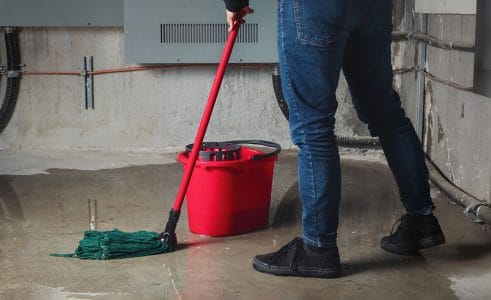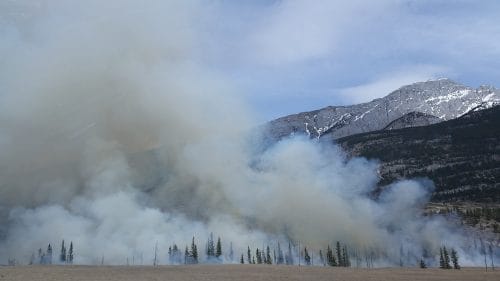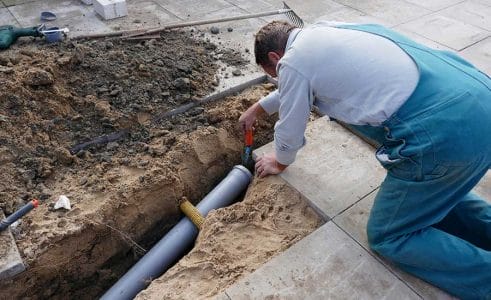How To Prevent House Fires
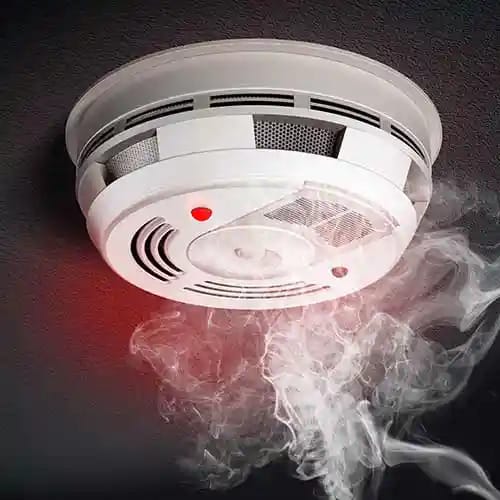
Fire can cause catastrophic damage to property and possessions. As it spreads through a building, it destroys everything in its path, leaving behind extensive smoke damage and soot.
According to government figures, it takes less than 30 seconds for a small flame to turn into a major fire, and only minutes for black smoke to fill a house.
At BELFOR, we’ve helped countless people recover their homes after the devastating effects of fire damage, some of which could have been avoided with simple home fire safety and prevention measures.
We specialize in helping get things back and track for you and your property in the aftermath of a fire, but here are a few tips to avoid one in the first place.
How To Prevent Fire
Within our homes, we all have a responsibility to minimize the risk of a fire destroying our property and possessions.
Following the tips on our home fire safety checklist can potentially save your house from the devastating effects of a fire.
Home Fire Safety Checklist
Do your smoke detectors work?
Make sure your smoke detectors are in optimal condition. Check the batteries and ensure all your family members, including children, know what they sound like.
Do you have an evacuation plan?
Each member of your family should know how to evacuate from every room. This should include two evacuation routes, in case one is blocked.
Do you have fire extinguishers?
Having fire extinguishers placed at home is key to minimizing the risk of a fire taking hold. It’s a good idea to have at least one on each floor of your home.
Are you cautious when cooking?
Never leave anything cooking on the stove unattended. When you leave the kitchen, turn off the stove.
Should you only smoke outside of your home?
Always smoke outside the house and extinguish cigarettes completely when finished. Avoid smoking inside, especially in bed, as mattresses and bedding are highly flammable.
Do you know how to prevent electrical fires?
Make sure you’re not using any electrical appliances that have frayed wires and never run cords under furniture. If you notice any electrical problems, such as hot light switches, turn them off and have them professionally replaced.
Is your property child-safe?
Make sure that all lighters, matches, etc. are kept out of the reach of children. Keep children away from lit candles and stoves and teach them of the dangers of fire.
Do you have fuel lying around?
Items like books, newspapers, and blankets might not seem like fuel, but they can be in the event of a fire. Make sure to keep such items tidy and away from potential fire sources.
How to Put Out a Fire
Fire prevention is crucial for avoiding fire damage. If a fire does start, it’s important to know how to extinguish it quickly.
To minimize damage, make sure you understand the most effective ways to put out a fire.
How to Use a Fire Extinguisher
Having a fire extinguisher on your property is one thing but knowing how to use it is entirely another thing.
There are different types of fire extinguishers, each having their own uses for different types of fire. It’s extremely important that you use the right type depending on the fire.
These include:
- Class A Extinguishers are for fires involving ordinary combustibles like wood and paper.
- Class B Extinguishers are for flammable liquids such as grease, gasoline, and oil.
- Class C Extinguishers are for electrically energized fires, such as those involving appliances, wiring, or electrical panels.
- Class D Extinguishers are for fires involving flammable metals.
To stop a fire in your home using a fire extinguisher, follow these steps:
P – Pull the pin on the extinguisher.
A – Aim the nozzle at the base of the fire.
S – Squeeze the trigger.
S – Sweep from side to side.
To use a fire extinguisher effectively, these steps are very important, especially aiming at the base of the fire. Aiming the extinguisher at the top of the flames will do nothing to stop the fire.
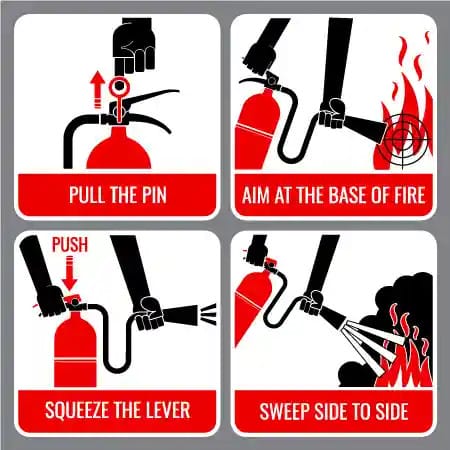
How to Put Out a Grease Fire
Grease fires are a common type of domestic fire and can cause damage due to their difficulty in extinguishing.
If you experience a grease fire in the kitchen, here are some tips for how to put out an oil fire:
- Turn off the heat: Immediately turn off the heat source to the fire.
- Cut the oxygen: Use the lid of the pot or a damp rag to cover the fire and starve it of oxygen.
- Use a fire extinguisher: Use a Class B fire extinguisher to put out the fire.
Never throw water on a grease fire as it will cause the grease to splash and spread the fire. Taking these steps to prevent fires at home can greatly reduce the risk of disaster.
If you experience a fire, BELFOR’s team of fire recovery professionals are ready to assist. With expertise in smoke damage, soot removal, and a 24-hour emergency hotline, we’re here to help you recover after a fire.
Contact our emergency response teams at 800.856.3333 and we’ll find the right emergency response solution for you and your property.
.jpg)
